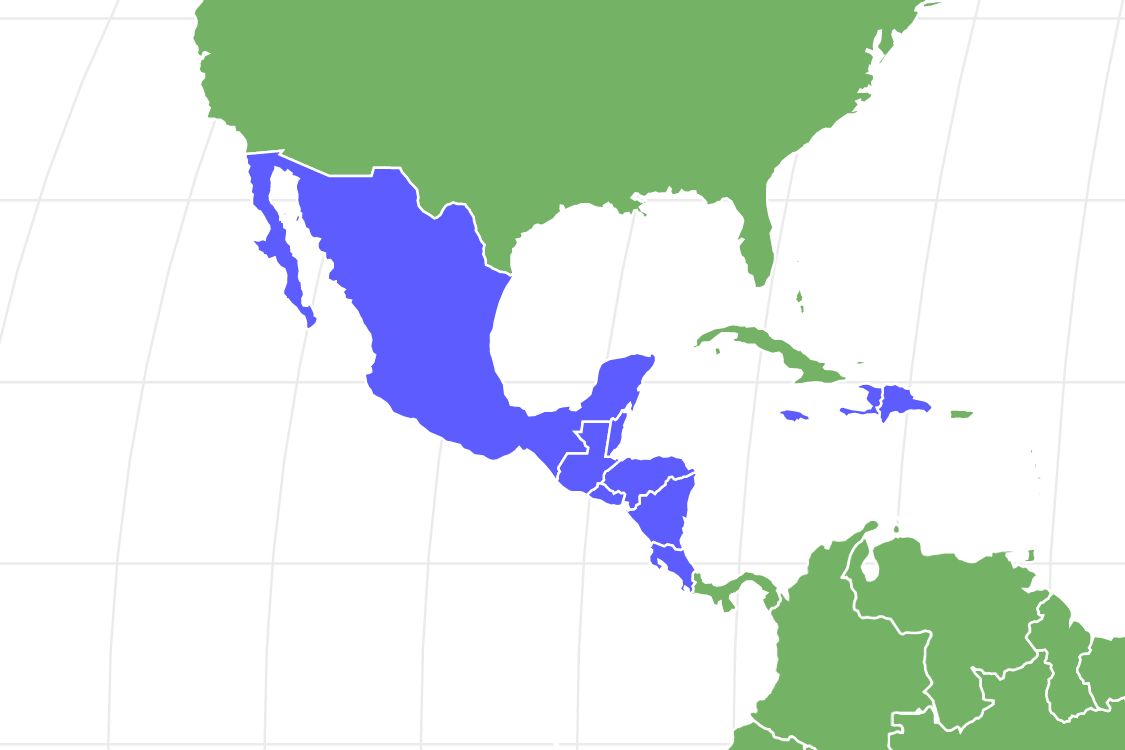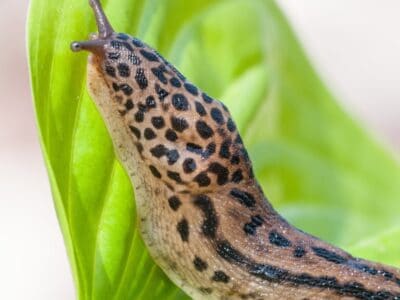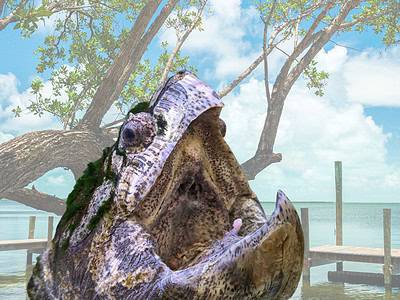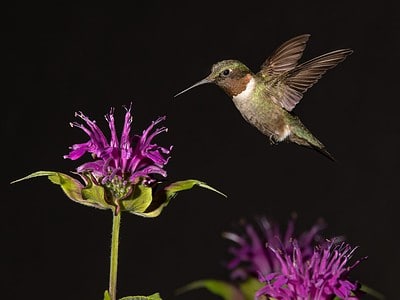You can find them near golf courses in urban areas
Advertisement
Northern Potoo Scientific Classification
Read our Complete Guide to Classification of Animals.
Northern Potoo Conservation Status
Northern Potoo Facts
- Prey
- Flying insects and birds
- Name Of Young
- Chick
- Group Behavior
- Solitary/Pairs
- Fun Fact
- You can find them near golf courses in urban areas
- Estimated Population Size
- 50,000 and 500,000
- Biggest Threat
- Habitat loss
- Most Distinctive Feature
- Giant gaping mouth
- Distinctive Feature
- Large, round eyes
- Wingspan
- 27 to 32 inches
- Habitat
- Wet and dry forests and mangroves
- Diet for this Fish
- Insectivore
- Lifestyle
- Nocturnal
- Favorite Food
- Moths and beetles
- Type
- Bird
- Common Name
- Northern potoo
- Special Features
- camouflaging plumage
- Number Of Species
- 3
- Location
- North America and South America
- Average Clutch Size
- 1
- Nesting Location
- Natural depression in a branch
View all of the Northern Potoo images!
It forages rotten branches for beetle larvae.
The northern potoo, like other potoo birds, is a strange creature native to the tropical regions in the Americas. These birds are solitary, nocturnal creatures that are hard to spot due to their camouflaging plumage and propensity for tall trees in forests and mangroves. This potoo is mainly unstudied, but they are fascinating creatures with haunting calls. Find out everything there is to know about the northern potoo, including where it lives, what it eats, and how it behaves.
5 Amazing Northern Potoo Facts
- Northern potoo birds have haunting calls, switching from wailing whistles to bark-like alarm calls.
- While they predominately inhabit forests and mangroves, you can sometimes catch a lone potoo near golf courses in urban areas.
- They don’t construct nests for their eggs. Instead, they find natural depressions in tree branches.
- These potoos form monogamous long-term pair bonds. However, you won’t often see them together unless it’s breeding season.
- This species is undergoing a moderate decline in its population due to forest destruction.
Where to Find the Northern Potoo
The northern potoo lives in at least ten countries in the Americas, including Mexico, Guatemala, Honduras, Costa Rica, and Jamaica. They inhabit wet and dry forests and mangroves and lowland woodlands and scrublands. The best place to spot one is at the tops of tall trees, where it sits motionless. You may hear creepy groaning calls at night as it hunts its prey. Occasionally, these birds may frequent trees around golf courses in urban areas.
Northern Potoo Nest
The northern potoo does not construct a nest. Instead, this species uses a natural depression in a branch with no nest material, approximately 13 to 18 feet above the ground.
Scientific Name
The northern potoo (Nyctibius jamaicensis) is from the Nyctibiiformes order and Nyctibiidae family, which includes all potoo birds. Its genus name, Nyctibius, is Ancient Greek for “night-feeding.” Its specific epithet, jamaicensis, is from its locality.
The northern potoo has five subspecies, which differ slightly in size and plumage.
- Nyctibius jamaicensis lambi – Western Mexico
- Nyctibius jamaicensis mexicanus – Eastern and Southern Mexico to Honduras
- Nyctibius jamaicensis costaricensis – Costa Rica
- Nyctibius jamaicensis jamaicensis – Jamaica
- Nyctibius jamaicensis abbotti – Hispaniola and Gonâve Island
Size, Appearance, and Behavior
The northern potoo is a large bird, measuring 14 to 20 inches long, with a long tail, large head, and long wings. We don’t know their exact weight, but they may weigh between 12 and 23 ounces, similar to the great potoo. Their wingspan is between 27 and 32 inches. They have short legs, small bills, and giant gaping mouths. Their plumage is a grayish-brown with black, gray, and cream patterns and markings. They also feature large, round eyes and hoarse, mournful calls that sound eerie as they hunt for prey in complete darkness.
Northern potoos are monogamous and form long-term pair bonds, possibly mating for life. Pairs live on the same territory for a long time and are most likely sedentary in their habitat. They roost motionless on their perch in tall trees (typically alone), where they blend with their surroundings.

Northern potoos have large, round eyes and wide mouths.
©Creative Commons Attribution-Share Alike 2.0 – Original / License
Diet
The northern potoo is a nocturnal insectivore who forages for food at dusk and night.
What Does the Northern Potoo Eat?
They eat large flying insects, and their favorites are moths and beetles. They will occasionally eat small birds. Under cover of darkness, they sit perched on a tree branch, waiting for their prey to fly past. They dart into the air to catch their meal and return to their perch before consuming it, swallowing it whole with their gaping mouths. They also like to search rotten trees for beetle larvae.
Predators, Threats, and Conservation Status
The IUCN lists the northern potoo as LC or “least concern.” Due to its relatively extensive range and large population, it doesn’t meet the threshold for a “threatened” species. The biggest threat to this species is habitat loss from forest destruction throughout its range.
What Eats the Northern Potoo?
Their exact predators are unknown but may have enemies similar to other potoos. Their possible predators include monkeys, weasels, and falcons. These birds primarily rely on camouflage to defend themselves. Their coloring helps them blend perfectly with their surroundings, becoming virtually undetectable.
Reproduction, Young, and Molting
Northern potoos have a pretty long breeding season from April to July. But in some areas, like Jamaica, they breed year-round. Females only lay one egg (white with dark markings), and both sexes take turns incubating, with males taking their shift during the day and females at night. Both parents feed their nestlings regurgitated insects. Not much research has been done on this species’ reproduction process, including how long they incubate and when the young fledge. The northern potoo has an average lifespan of 12 to 14 years.
Population
The northern potoo’s global population is between 50,000 and 500,000 mature individuals. There don’t appear to be any extreme fluctuations or fragmentations, but their numbers are going through an ongoing decrease. This moderate decline is most likely due to habitat destruction.
Up Next:
View all 65 animals that start with NNorthern Potoo FAQs (Frequently Asked Questions)
Where do northern potoos live?
The northern potoo lives in at least ten countries in the Americas, including Mexico, Guatemala, Honduras, Costa Rica, and Jamaica.
How big is the northern potoo?
The northern potoo is a large bird, measuring 14 to 20 inches long, with a long tail, head, and wings.
What does the northern potoo eat?
They eat large flying insects, and their favorites are moths and beetles.
What threatens the northern potoo?
The biggest threat to this species is habitat loss from forest destruction throughout its range.
What are the northern potoo's predators?
Their possible predators include monkeys, weasels, and falcons.
When is the nothern potoo breeding season?
Northern potoos have a pretty long breeding season from April to July. But in some areas, like Jamaica, they breed year-round.
How big is the northern potoo population?
The northern potoo’s global population is between 50,000 and 500,000 mature individuals.
Thank you for reading! Have some feedback for us? Contact the AZ Animals editorial team.
Sources
- IUCN Red List / Accessed September 9, 2022
- Partners in Flight Bird Conservacy / Accessed September 9, 2022

















